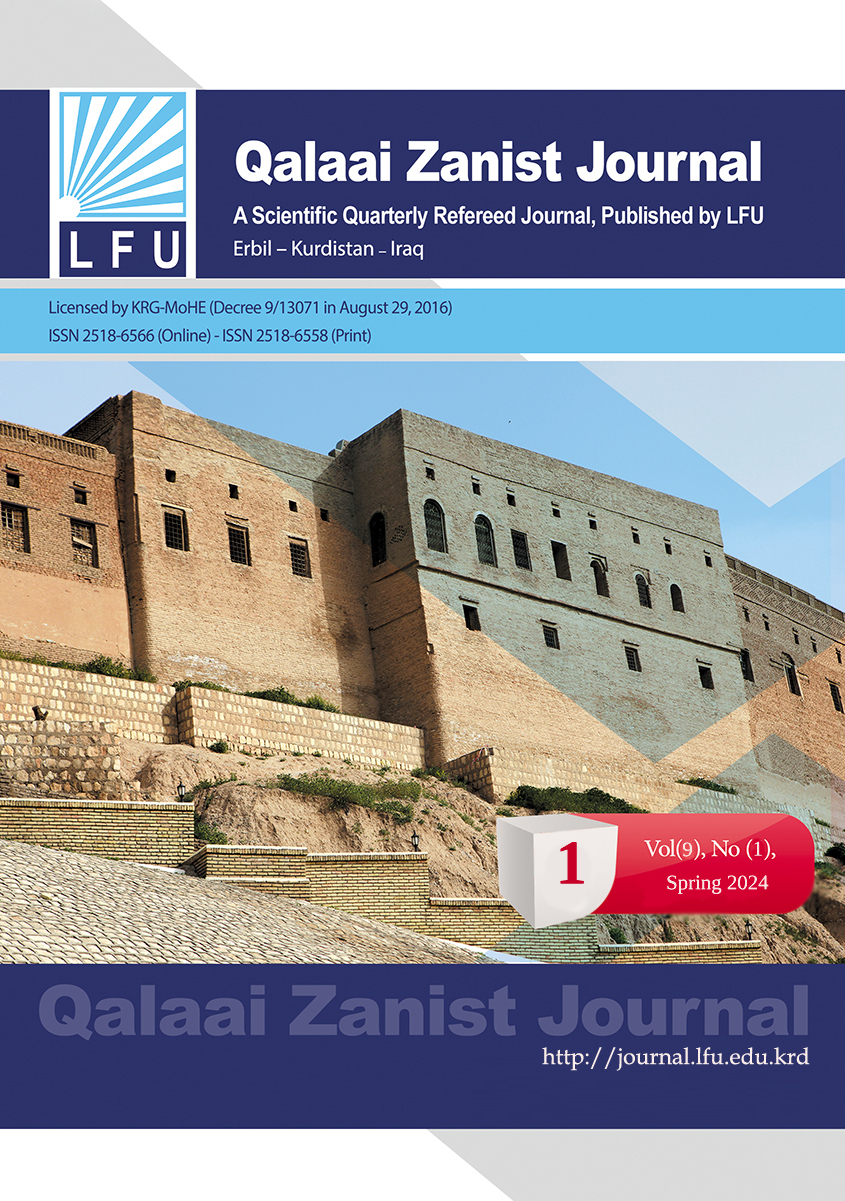The Reality of the Public transport sector in the Kurdistan Region of Iraq Socio-analytical research
##plugins.themes.bootstrap3.article.main##
Abstract
Transportation played an important role in our daily lives, transporting people throughout cities, accessing work, educational, health and service institutions, and social activities. It is the basic pillar that affects and is affected by the process of social and economic development. The field of service projects and contributes to reducing the costs of products and services. Mobility is a necessary need for the individual to meet the requirements of life through the transportation system. Official institutions and governments are responsible for securing transportation services with high quality and organizing this sector. The study aims to determine the percentage of public transport consumers, the percentage and quality of means of transportation in the public transport sector compared to the percentage of the population of the regions, and to determine the quality of public transport services. The study reached several results, the most important of which is that urban mobility in the Kurdistan Region is not as required, and public transport services were not positive despite this, and the number of means of transport causing environmental pollution and traffic accidents increases. This research consists of three chapters, the first chapter includes the general framework of the research that It contains the research problem, the importance and objectives of the research, while the second chapter explains the reality of public transportation in the Kurdistan Region, and the third chapter includes official data on public transportation in the region.
Downloads
##plugins.themes.bootstrap3.article.details##
How to Cite
Copyright (c) 2024 Saleem Patros Elias، Nabaz Azeez Ahmed

This work is licensed under a Creative Commons Attribution 4.0 International License.

